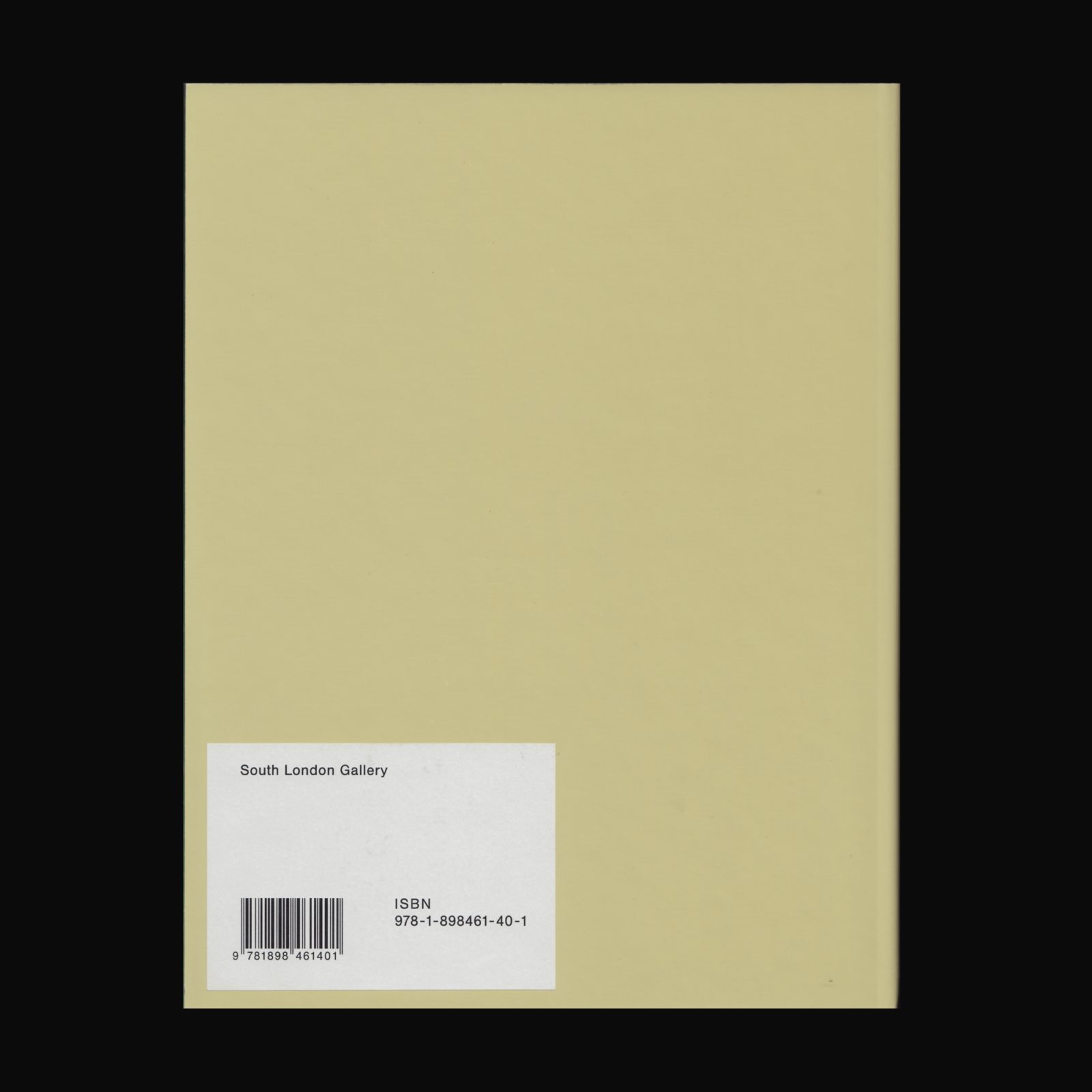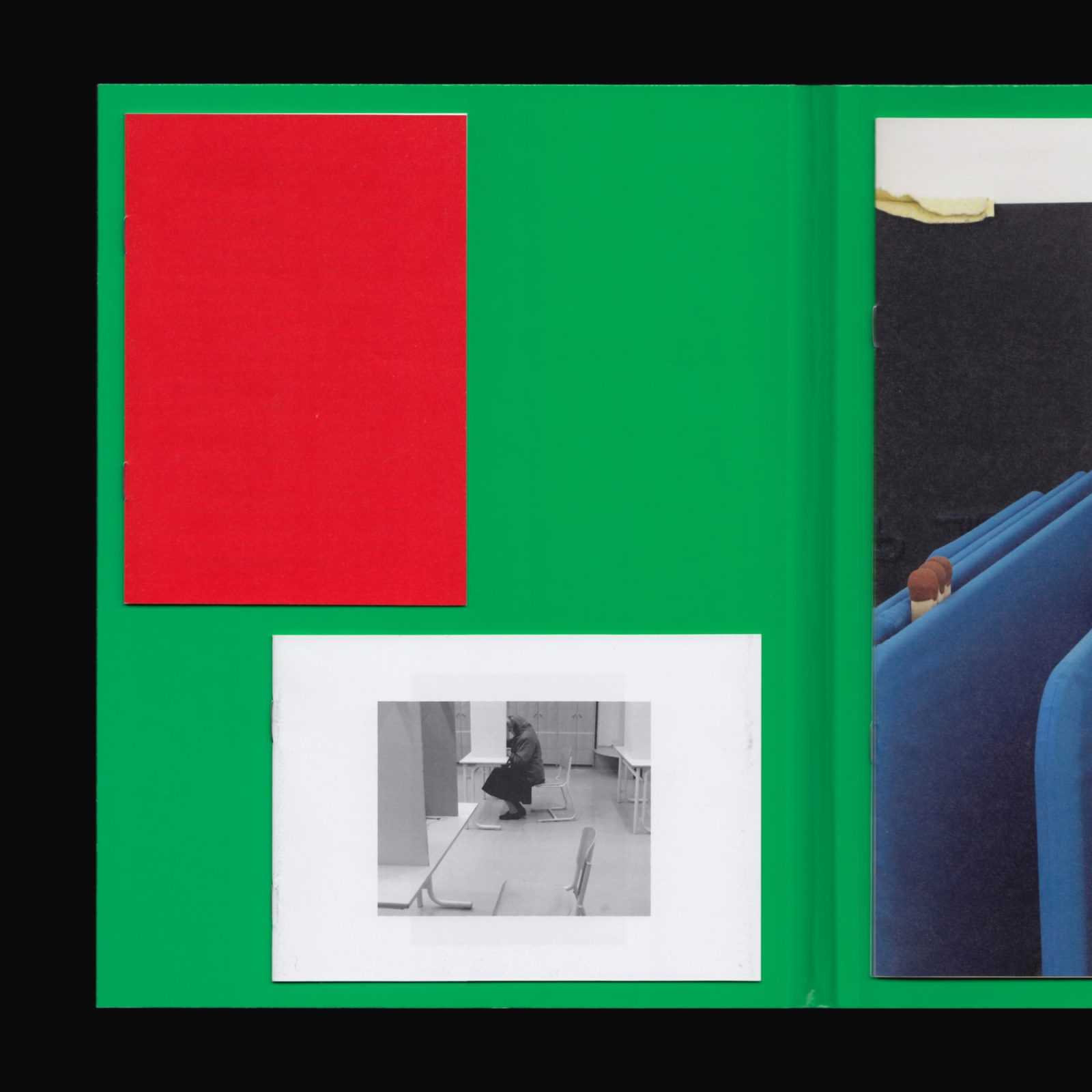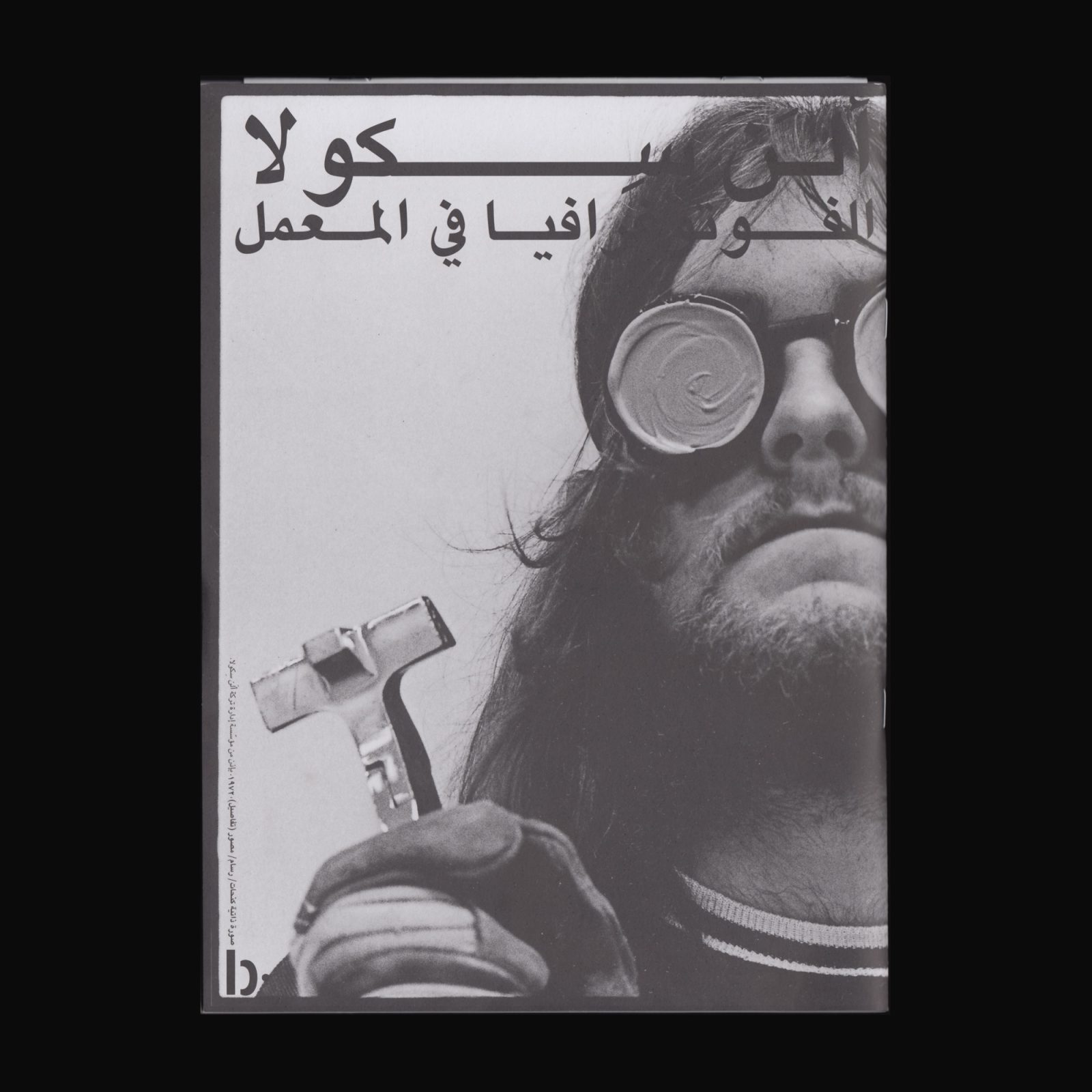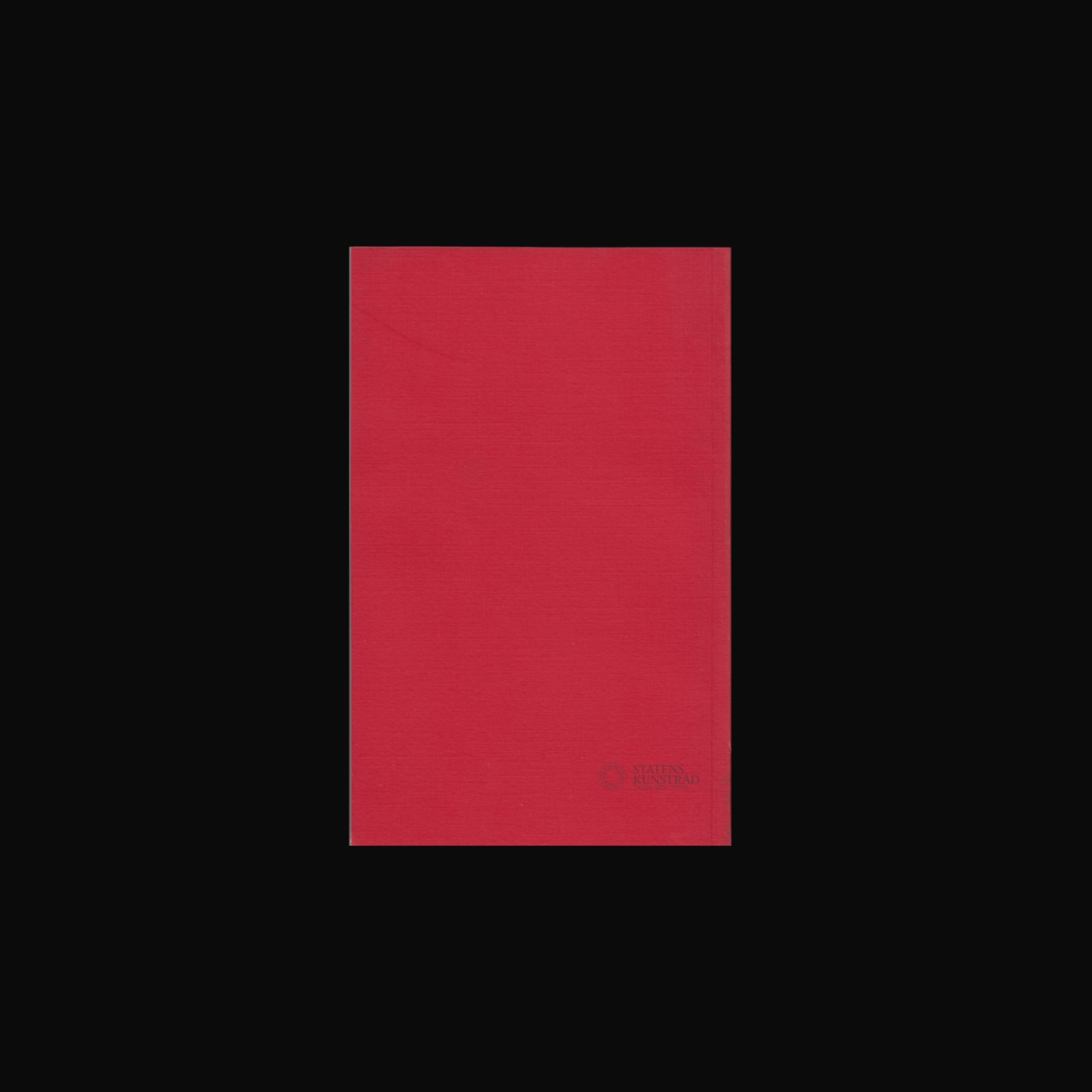Produced on the occasion of Gabriel Kuri: before contingency after the fact, South London Gallery, 29 September–27 November 2011.
Focusing on the objects and space that mediate human relationships, Gabriel Kuri explores the potential for transformation latent in familiar situations when observed from an unconventional angle. Playing with the principles of minimalism and the history of consumption, he integrates elements of everyday life into sculptures and collages. Residues of human interactions—plastic bags, advertising flyers, receipts, and tickets—are brought together with stones, coins, and cigarette butts. He questions the given tenets of contemporary culture, through poetic juxtapositions and hybrid objects that rethink the mundane and find the eloquent and the extraordinary in daily life.
Designed by OK-RM, London.




























